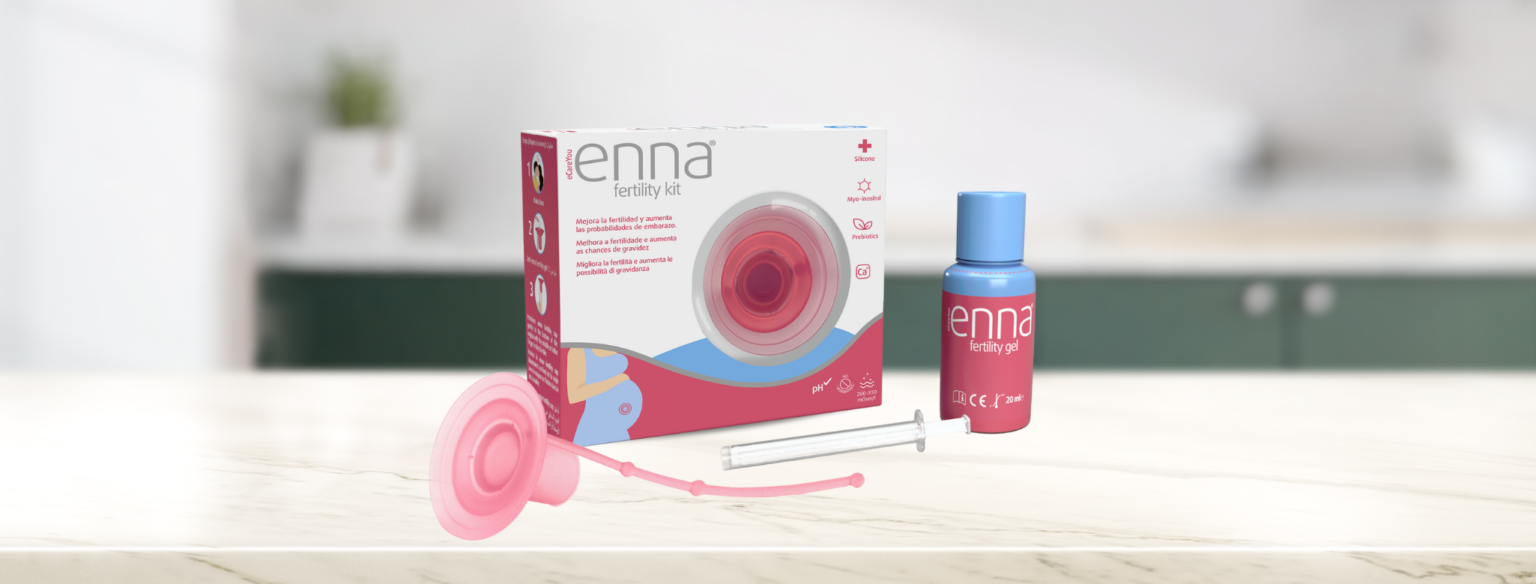Bleeding between periods, spotting or metrorrhagia is the name given to any blood which appears between two menstrual cycles, outside of menstruation. This tends to be a small loss (although it can sometimes look like bleeding which is similar to that of your period) in the form of droplets, which are brown in colour and don’t usually last more than one or two days. For some women, this is regular each month, but it tends to be something quite random.
As there is little blood, you shouldn’t need to use the menstrual cup, so in these cases you could use a fabric panty liner like enna protect.
Reasons for intermenstrual bleeding.
The use of hormonal contraceptives is one of the main causes of bleeding between periods, particularly in the first months as your body is getting used to its new situation and your hormones may be a bit disorientated. This may also be because the dose of your pills is not right or you’ve forgotten to take one, meaning that some changes take place in your cycle. What else can cause spotting?
- Ovulatory phase. It is possible that half way through a cycle, when ovulation takes place, some women bleed due to a peak in LH hormone levels.
- Penetrative sex: If the vagina is not lubricated enough, penetration may irritate the vaginal walls.
- Damage to the vagina caused by painful sex, infections, warts, ulcers, etc.
- Damage, infection or inflammation of the cervix. It may also be the case that you suffer from fibroids or polyps.
- Endometriosis or endometrial hyperplasia which is caused by excessive proliferation of the endometrial cells, as a result of the rise in oestrogen levels or the drop in progesterone levels.
- The use of IUDs. Hormonal IUDs release progestin which has various consequences, such as making the vaginal flow thicker, reducing the uterine lining and sometimes even inhibiting ovulation. These effects prevent pregnancy and by altering the release of hormones, there may be some imbalances in your cycle.
- Stress or situations that may alter our daily routine and which cause changes to ovulation, resulting in bleeding between periods. .
- Pregnancy. Some women bleed a little when they are pregnant. This isn’t necessarily a sign of risk, but it is important to see a gynaecologist to make sure that everything is OK. It may also indicate that a woman is suffering from an ectopic pregnancy (pregnancy outside the uterus, normally in the fallopian tubes) or a threat of miscarriage.
- Sexually transmitted diseases. Some STDs such as gonorrhoea or chlamydia may affect the uterus, causing it to become inflamed and making it bleed.
- Menopause and pre-menopause. Menstruation doesn’t stop overnight, so throughout the pre-menopause stage it is normal for there to be irregular bleeding, as the female body is again suffering from a hormonal imbalance.
- Diseases such as cervical, uterus, vaginal or vulval cancer.
When should I go to the gynaecologist if I have intermenstrual bleeding?
Bleeding between periods is generally sporadic, but if it is regular or you have other symptoms at the same time, it may be a sign of something more serious than just a hormonal imbalance. In this case, it is important that you see a sexual health specialist for a checkup and so that they can prescribe treatment for you if necessary. You should see your doctor if:
- You think you might be pregnant because as we have pointed out, this may be a sign of miscarriage or ectopic pregnancy.
- If you bleed for more than a couple of days, and this is accompanied by pain and an unpleasant smell.
- If you have recently been sexually abused. Given the seriousness of these cases, it is important that you go to A&E as soon as possible, but if after a while you start to feel pain, you must go for a checkup to rule out any infections or problems which may have appeared following the assault.
- If after inserting the menstrual cup or a tampon you realise that the bleeding isn’t coming from the vagina.
- If the amount of bleeding is similar to or greater than that of your period and you need to use the cup or another method to avoid staining your underwear.
After going for a checkup and the tests mentioned above, the gynaecologist may determine the treatment you should follow if necessary. It is important not to self-medicate.






